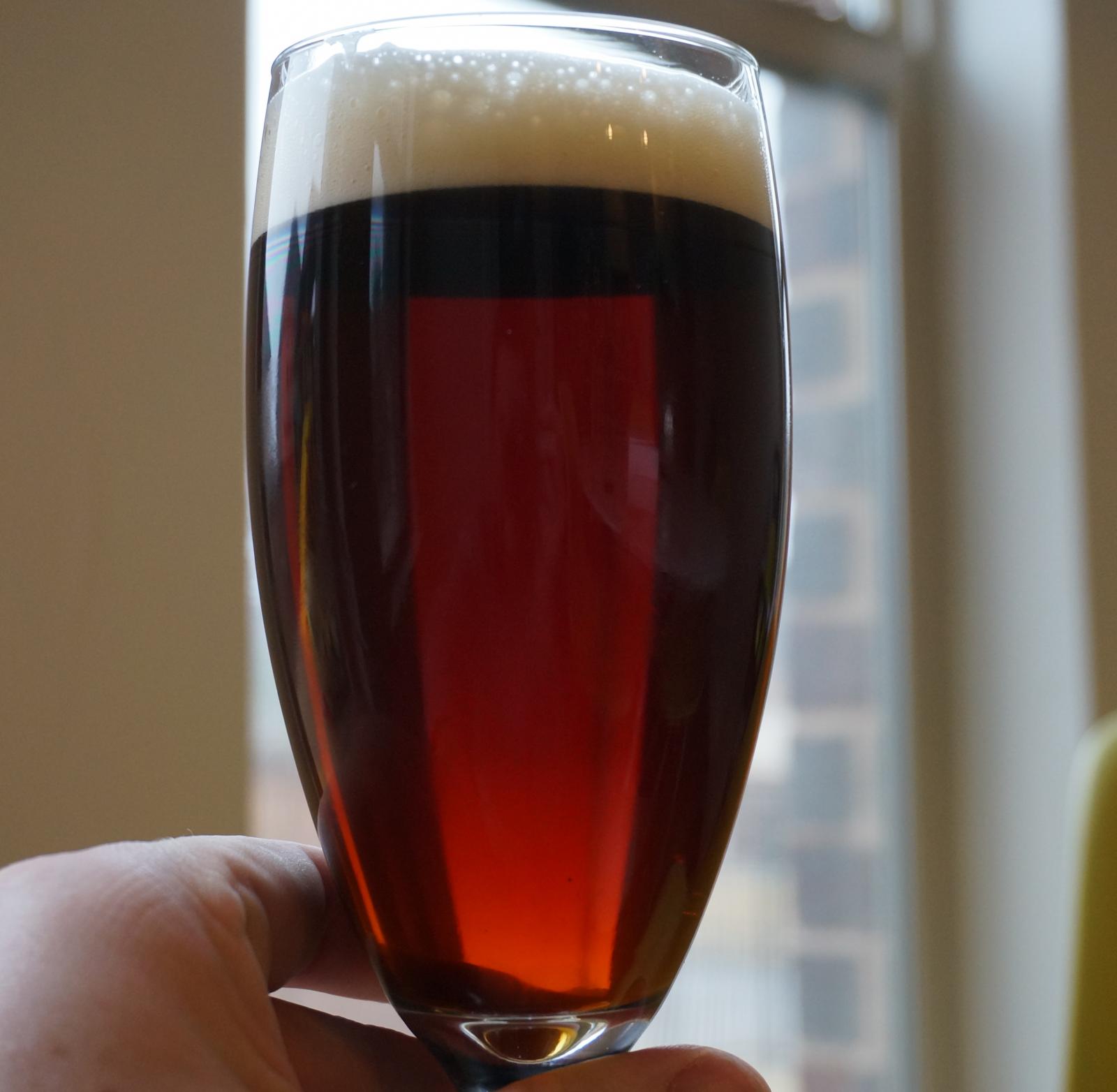I'm trying the secondary. I have a Blond ale I brewed that sat in primary for 2 weeks. Really, the only reason i'm going to secondary is to try and clear it up a bit more before I bottle. Oxidatoin might be an issue, but my blond seems to be rather cloudy and I wanted to give it a try. Ideally, I would have wanted to rack it to secondary sooner, but work/life had other plans. I went back and forth a bit. I racked it from my glass carboy into my bottling bucket, cleaned and sanitized my carboy, then went back to my carboy. I know that oxidation is an issue with that, but i'm working on learning other processes. I have a big mouth bubbler in mind for my next purchase that will reduce the amount of shuffling I do. I plan on leaving it in secondary for a week, then I'll send it into my bottling bucket with the pre-boiled sugar water already in the bucket. Then bottle. We'll see how it turns out.





